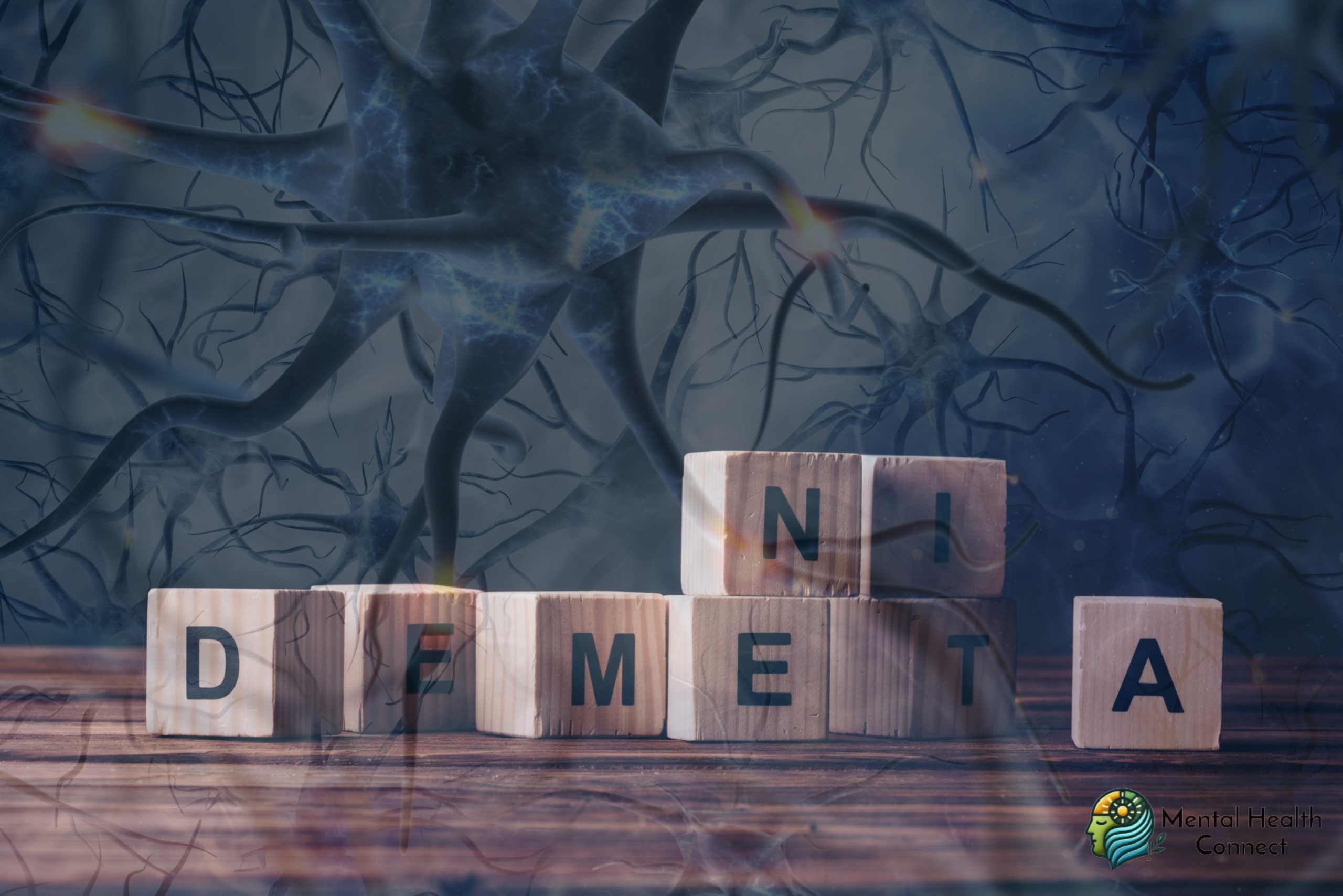Understanding the Different Types of Dementia

Dementia is not a specific disease but rather a general term that describes a group of symptoms affecting memory, thinking, and social abilities severely enough to interfere with daily functioning. While Alzheimer’s disease is the most common cause of dementia, several other types exist, each with distinctive characteristics. Understanding these differences can help families and caregivers provide better support and anticipate challenges.
Alzheimer’s Disease: The Most Common Form
Alzheimer’s disease accounts for 60-80% of dementia cases. It typically begins with mild memory loss and progresses to more severe symptoms like confusion, disorientation, and behavior changes. The disease is characterized by the buildup of beta-amyloid plaques and tau protein tangles in the brain, which disrupt communication between neurons and eventually cause cell death.
Early signs often include forgetting recent conversations or events, while later stages may involve difficulty recognizing loved ones, language problems, and challenges with basic daily activities. Though treatments can temporarily improve symptoms, there is currently no cure for Alzheimer’s disease.
Vascular Dementia: The Second Most Common Type
Vascular dementia results from conditions that damage blood vessels in the brain, reducing blood flow to brain tissue. Often occurring after a stroke or series of mini-strokes, this type of dementia can develop suddenly or progress gradually depending on the underlying cause.
Unlike Alzheimer’s, which typically begins with memory problems, vascular dementia often starts with impaired judgment, planning difficulties, or slowed thinking. Symptoms may appear in distinct steps, worsening after each vascular event. Managing underlying health conditions like high blood pressure, diabetes, and high cholesterol can help slow progression.
Lewy Body Dementia: Complex and Challenging
Lewy body dementia is characterized by abnormal protein deposits (Lewy bodies) that develop in nerve cells. This form of dementia shares symptoms with both Alzheimer’s and Parkinson’s disease, making diagnosis particularly challenging.
People with Lewy body dementia often experience visual hallucinations, movement disorders similar to Parkinson’s, sleep disturbances, and fluctuating alertness. They may be highly sensitive to certain medications, particularly antipsychotics, which can cause severe side effects. This sensitivity makes careful medication management essential.
Frontotemporal Dementia: Affecting Younger Adults
Frontotemporal dementia (FTD) refers to a group of disorders caused by progressive nerve cell loss in the brain’s frontal or temporal lobes. Unlike other types of dementia, FTD often begins between ages 40 and 65 and is characterized by dramatic personality changes and language difficulties rather than memory problems.
Some people with FTD become impulsive or emotionally flat, while others lose their ability to use language properly. Because it affects younger individuals and presents differently than Alzheimer’s, FTD is frequently misdiagnosed as a psychiatric problem or other neurological condition.
Mixed Dementia: When Multiple Types Coexist
Many older adults with dementia have brain changes associated with more than one type. This condition, known as mixed dementia, most commonly involves both Alzheimer’s disease and vascular dementia, though other combinations occur. Research suggests mixed dementia may be more common than previously recognized.
The symptoms may vary depending on which brain regions are affected by each disease process. Treatment typically targets the specific types of dementia present and managing risk factors.
Parkinson’s Disease Dementia: A Late Complication
Many people with advanced Parkinson’s disease eventually develop dementia. This typically occurs at least a year after Parkinson’s motor symptoms appear. Cognitive problems include attention difficulties, visual-spatial issues, memory impairment, and slowed thinking.
The relationship between Parkinson’s disease dementia and Lewy body dementia is complex, as both involve Lewy bodies. Generally, when motor symptoms appear first, the condition is classified as Parkinson’s disease dementia; when cognitive symptoms appear first or simultaneously with motor symptoms, Lewy body dementia is diagnosed.
Other Types of Dementia
Several other conditions can cause dementia symptoms:
- Huntington’s disease: A genetic disorder causing dementia and movement abnormalities
- Creutzfeldt-Jakob disease: A rare, rapidly fatal condition causing dementia
- Normal pressure hydrocephalus: Excess fluid in brain ventricles causing cognitive changes, walking difficulties, and urinary problems
- Wernicke-Korsakoff syndrome: Caused by severe thiamine (vitamin B1) deficiency, often due to alcohol abuse
Importance of Accurate Diagnosis
Each type of dementia affects the brain differently and may respond differently to treatments. An accurate diagnosis helps healthcare providers develop appropriate treatment plans and gives families a better understanding of what to expect.
If you or a loved one is experiencing memory problems or other cognitive changes, consult a healthcare provider. Early diagnosis allows for better management of symptoms and planning for future care needs.
While there are no cures for most types of dementia, research continues to advance our understanding of these conditions and develop new treatments. In the meantime, supportive care, medication for symptom management, and lifestyle modifications can significantly improve quality of life for people living with dementia.
-
 How to Support Someone with OCDApril 17, 2025
How to Support Someone with OCDApril 17, 2025 -


Leave a Reply